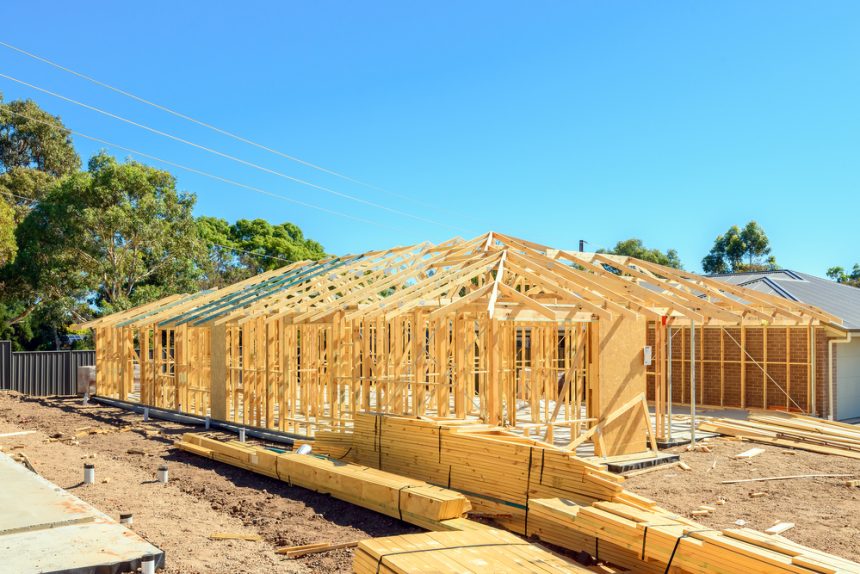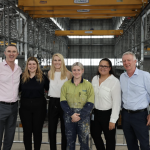The timber industry could see an AI-driven overhaul after experts find improving supply chain efficiencies would deliver an extra 8000 homes a year.
A recent study out of the University of Queensland’s recently opened ARC Advance Timber Hub found that using advanced tech to improve timber supply by as little as five per could have a massive impact on the nation’s dwindling housing pipeline.
According to Associate Professor Joe Gattas, who co-leads two research areas at the Hub, there were obvious areas “across all stages of the forest to building supply chain” that would benefit from a much-needed tech upgrade.
“Our research will investigate how to deliver these improvements using new technologies such as computer vision and artificial intelligence to get more usable material out of each tree and augmented reality and robotics to enhance productivity for time-consuming and repetitive tasks,” Dr Gattas said.
“Every gain in the supply chain allows more houses to be built and we hope this will increase the use of Australian-grown timber as a more sustainable choice for construction.”
Hub Director Professor Keith Crews also said the upgrade could offer developers a much-needed boost in building the Albanese government’s ambitious target of building 1.2 million new homes by 2030.
“Making more timber available will also help support the Australian Government’s National Housing Accord to deliver 10,000 affordable homes over the next five years,” he added.
With timber also offering a more sustainable construction approach, Mr Crews said increased activity in the timber industry could also help the government hit its other lofty net-zero emissions targets over the coming decades.
“We all benefit from more timber in construction – by delivering a boost for the industry and supporting sustainability targets because timber removes carbon from the environment and stores it,” Professor Crews said.
“Timber has a key role in helping Australia transition to a circular and net-zero economy.
“While timber is commonly used in smaller dwellings such as housing, we are working with the State Government and industry to look at ways it can be incorporated into larger projects such as athlete accommodation for the 2032 Brisbane Olympic and Paralympic Games.
Timber is here to stay
Despite the obvious benefits of boosting the timber pipeline, high interest rates and sluggish new home construction have seen demand dry up demand following a boom period during the past several years.
According to one of Australia’s largest sawmill companies, AKD Softwoods, timber supply across the board has been slashed by as much as 50 per cent over the last few years, in part thanks to the supply sitting untouched on hardware shelves in the back half of 2023.
But with 70 million dollars worth of federal grants being handed out to expand Aussie plantations and the Green Building Council of Australia reporting a surge in timber buildings being registered for their star rating system, the industry looks to be working its way back onto its feet.
As the government continues to near its housing target goals, expect to see timber play a huge part in the country’s construction future.







